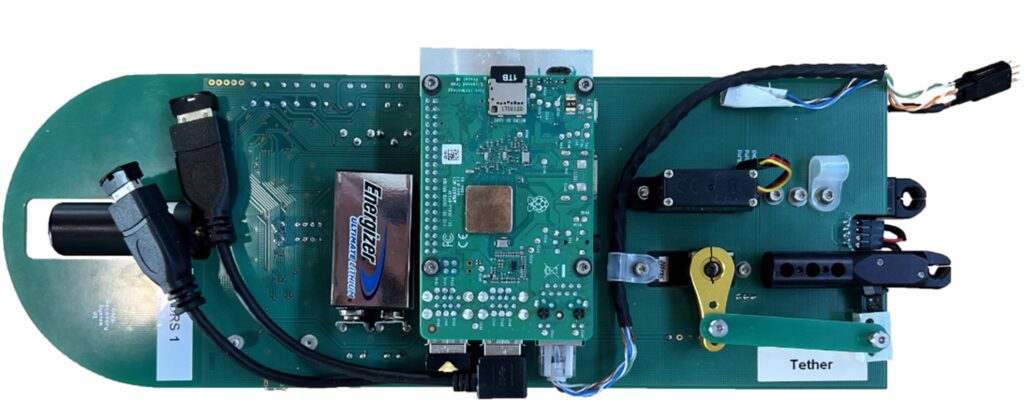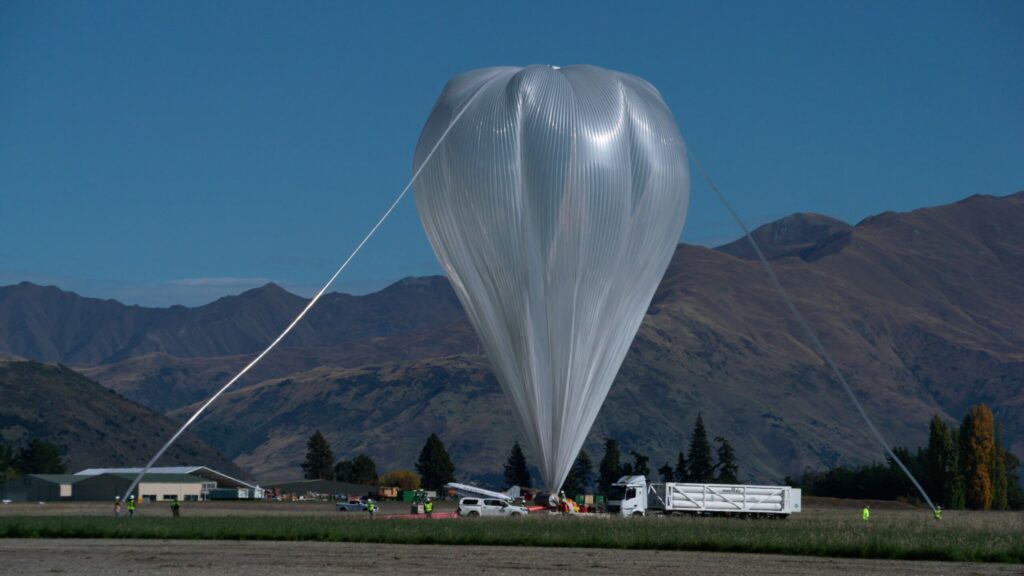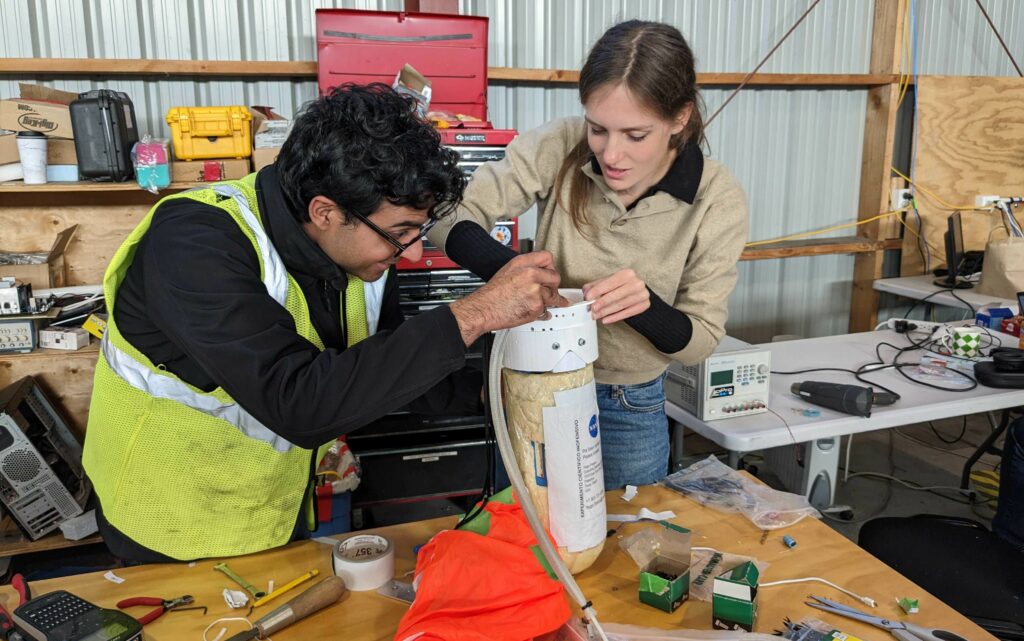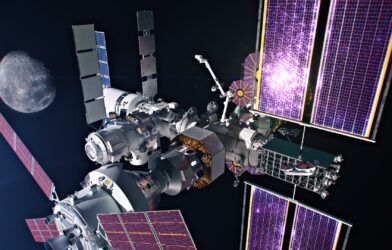In a dramatic turn of events, a cutting-edge recovery system designed by the University of Sydney’s scientists has rescued crucial data from a NASA mission aimed at mapping dark matter around galaxy clusters. This success story follows the launch of the Super Pressure Balloon Imaging Telescope (SuperBIT) from Wānaka Airport, New Zealand, which met with an unfortunate accident during its landing in southern Argentina.
The SuperBIT, a marvel of scientific engineering, embarked on its journey suspended under a helium-filled balloon as large as a sports stadium, soaring above the Earth’s atmosphere. The mission, however, faced a setback when the balloon-based telescope was damaged upon landing after completing 5.5 orbits around the globe.
Despite this, the mission’s key findings were not lost. Thanks to the University of Sydney’s innovative Data Recovery System, over 200 gigabytes of invaluable data, including a map of dark matter and spectacular space photos, were safely retrieved. Dark matter, an elusive substance with a mass six times greater than regular matter in the universe, remains one of the most intriguing subjects in astrophysics.

Dr. Ellen Sirks, from the University of Sydney’s School of Physics, spearheaded the study published in the journal Aerospace. The paper not only provides blueprints for the Data Recovery System but also narrates the mission’s journey, highlighting how, at a modest cost, essential scientific data can be secured even in worst-case scenarios.
“Our telescope got to the point where it was completely destroyed, and we lost high bandwidth communications, so not only did the Data Recovery System work; it was really quite essential to the mission’s success,” Dr Sirks says in a statement.
The recovery system, a product of five years of development, includes small computers with SD cards for data storage, a homemade satellite link akin to a “find my phone” feature, and parachutes, all encased in foam and protected by everyday materials like chicken roasting bags for waterproofing.
“This drop package is something we’ve been developing for about five years, but only now have we been able to test it in its final configuration,” says Sirks. “It’s got to the point where NASA wants to start producing these packages for other science missions as well, so this was really our final test to show that this system works.”

Retrieving the data packages was a mission in itself, involving the assistance of local police in Argentina’s rugged countryside. One package, humorously threatened by the presence of cougars, attracted attention due to its unconventional chicken roast bag casing.
“There were cougar tracks in the snow near it, so we thought maybe the chicken roast bag was not the best idea,” admits Dr. Sirks. “It was quite funny. But we did retrieve them quite easily.”
Typically, balloon-based missions like NASA’s rely on satellite data downloads, which necessitate line-of-sight communication for efficiency. Dr. Sirks points to the challenges in retrieving large volumes of data mid-flight, making their ground-recovery approach both novel and practical.
This success story not only underscores the resilience and ingenuity of the scientific community but also highlights the cost-effectiveness of balloon-based observations, offering space telescope quality data at a fraction of the cost. The triumph of the SuperBIT mission and its recovery system opens new avenues in space exploration and data retrieval, proving that sometimes the most unconventional methods yield the most remarkable results.
“When you’re dropping something from the sky, in our case from 33 kilometers, there’s always a chance that something goes wrong, so recovery packages are quite essential to keep your data safe,” adds Sirks.












